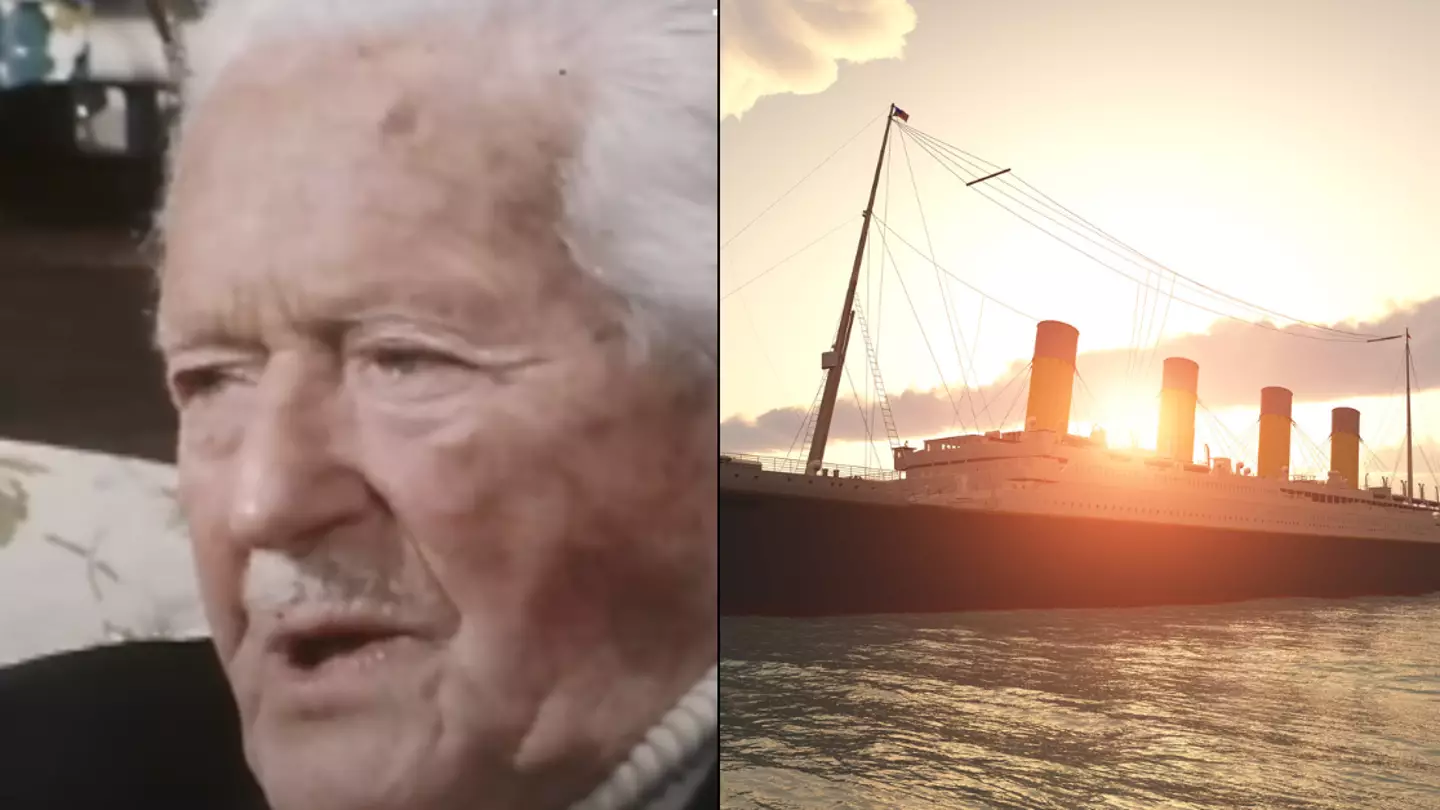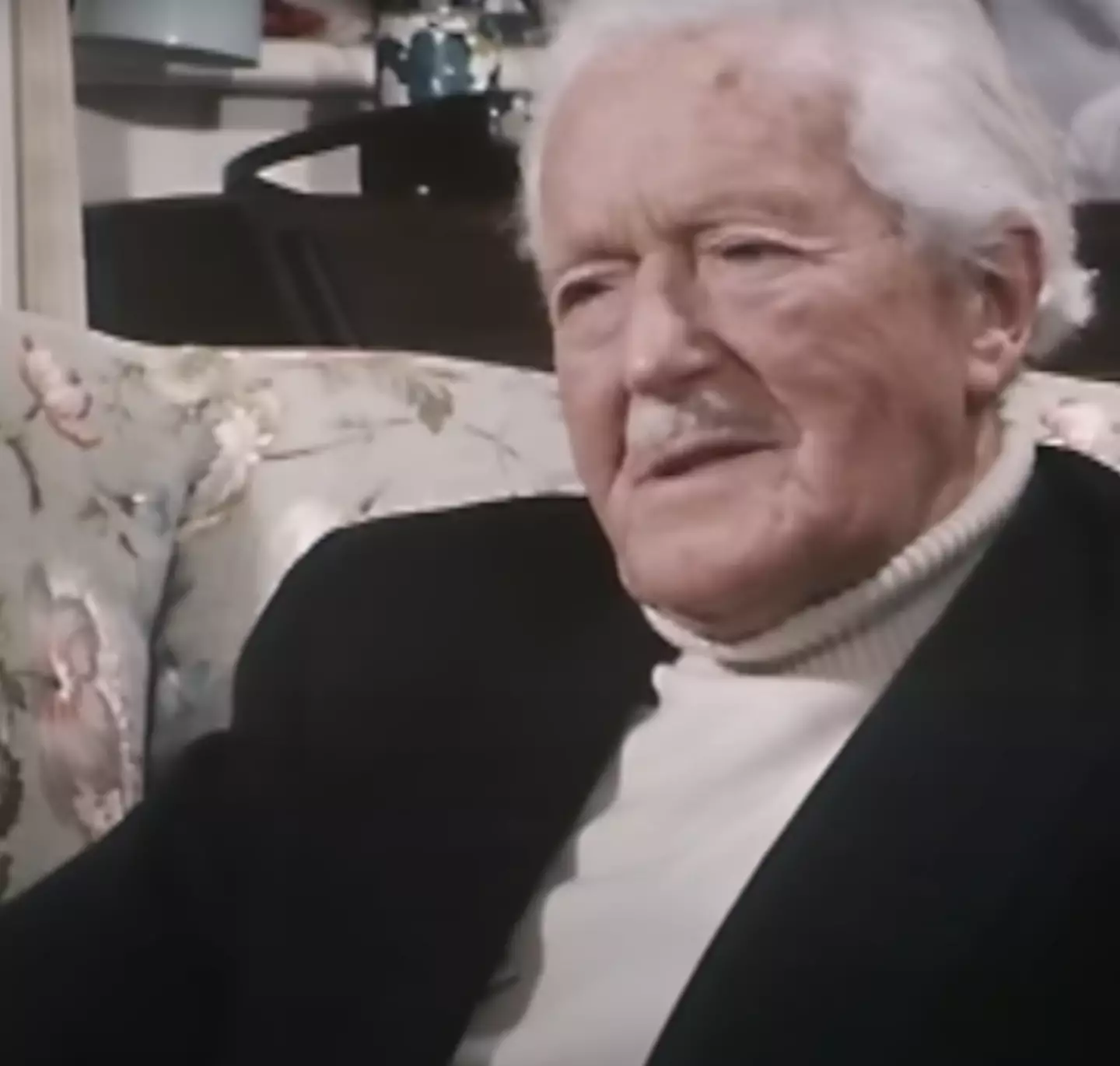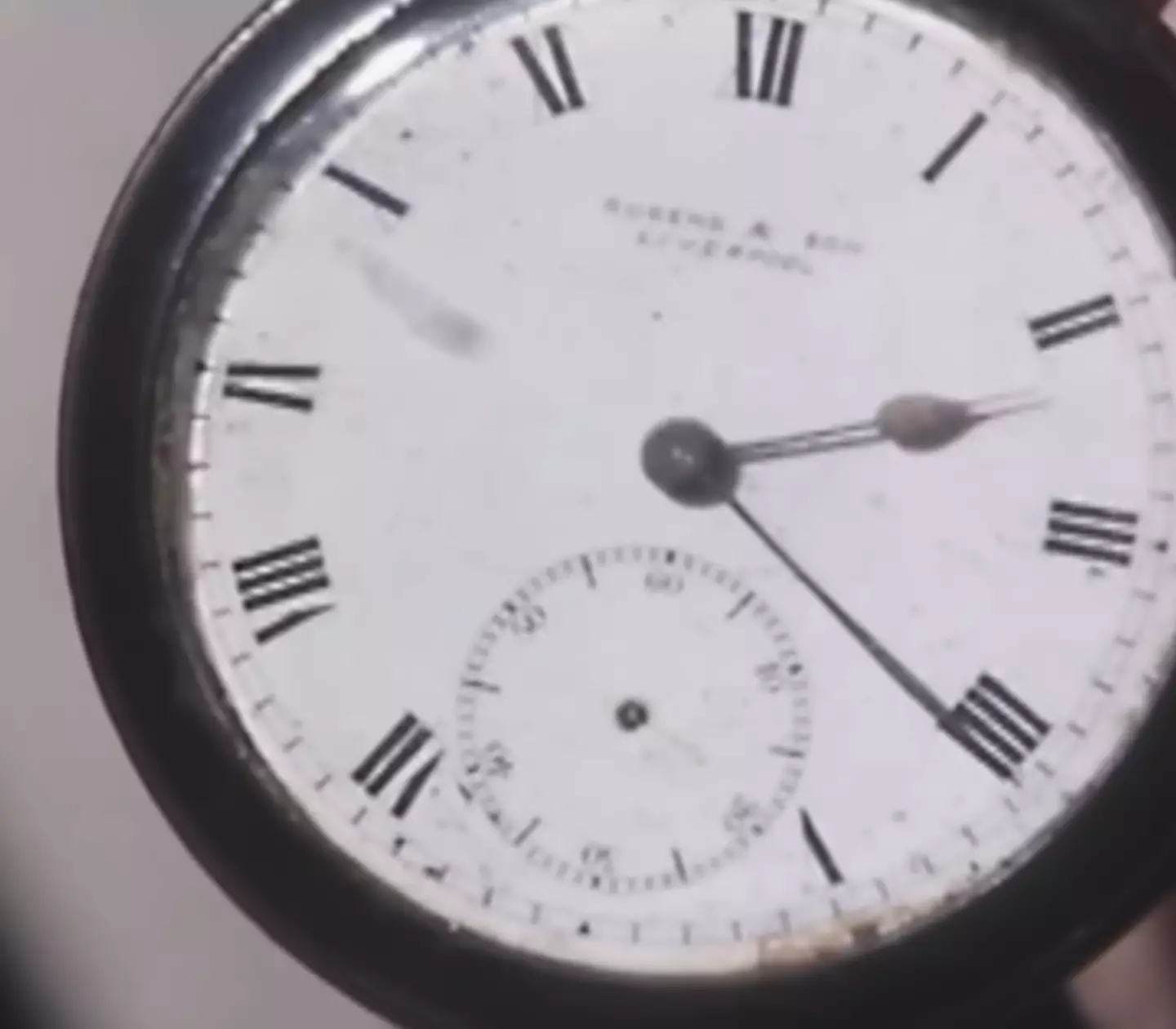
A Titanic survivor who worked as a crew member on board the ship once spoke about what it was like when it hit the iceberg and said ‘more people could have been saved’.
Frank Winnold Prentice was 23-years-old when he signed on to the crew of the Titanic as an assistant storekeeper on 4 April, 1912, just 10 days before the ship struck an iceberg.
He boarded the ship on 10 April and set sail with the Titanic to a fate you are surely familiar with by now.
When the ship hit the iceberg, he went up onto the deck and saw large chunks of ice there, then helped people get onto the lifeboats when it became clear the Titanic was going down.
When only two lifeboats remained on board the ship, Prentice ended up discussing what to do with two of his fellow crew members, Cyril Ricks and Michael Kieran.
The men decided they would jump overboard before the ship went down, with Prentice narrowly avoiding hitting the ship’s propellors on the way into the water.

Frank Prentice survived the sinking of the Titanic, and described the moment the ship came to a halt. (BBC)
His pocket watch, which he kept with him after the disaster, stopped at around this time and became stuck at 2:20am.
He was not able to find Kieran, while Ricks had been injured landing in the water and Prentice stayed with him until he died.
The 23-year-old was rescued by lifeboat 4, which had stayed near the Titanic to pick up survivors, and he was given a cloak by Virginia Estelle Clark, a passenger he’d helped put a lifejacket on and convinced to get into the boat earlier in the disaster, which he thinks ‘probably saved my life’.
Later in his life, Prentice spoke to the BBC about his experience on board the Titanic, and said after the ship hit the iceberg it was ‘like jamming your brakes on the car’.
“There was no impact as such, it was like jamming your brakes on your car and that was that, she stopped,” he said of the Titanic grinding to a halt after the collision.
“We had a porthole open, I looked out and the sky was clear, the stars were shining, the sea was dead calm and I thought ‘I don’t know’. I couldn’t understand it so I came out my cabin.”

Prentice kept the watch he was wearing when he jumped in the water, which then froze and never worked again. (BBC)
He said he couldn’t see the iceberg because the ship had already passed it by this point, but he could see lights from the portholes illuminating the water and there appeared to be no damage above the waterline.
Prentice explained that many more lives could have been saved that night as he spotted that the first lifeboats being launched ‘didn’t have many passengers’ as people were ‘afraid to go down’.
He explained that people ‘didn’t think she was going to sink’ and said that they could have saved more lives if only more people had got in the lifeboats.
If all lifeboats had been launched from the Titanic it would have saved up to 1178 people, while there were only 705 people who survived the sinking.
However events had played out that night, most people wouldn’t have survived, as there were a total of 2,240 people on board the ship.
Featured Image Credit: BBC/Getty Stock Photo



